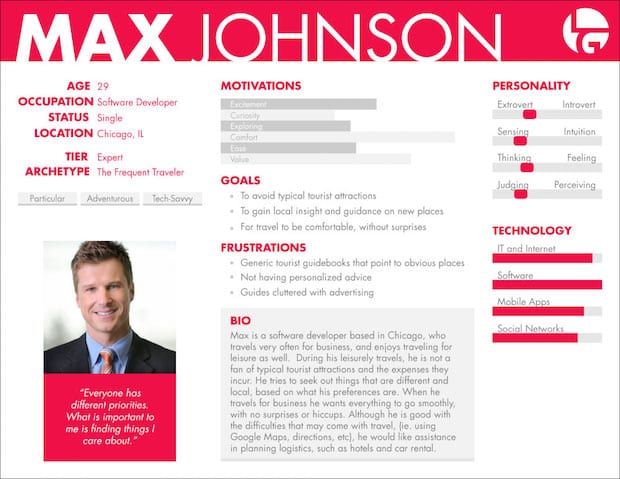Brands today are turning to social media to reach their goals. Generating leads, building email lists, and increasing sales are easier to do when you have a social following you can rely on. In fact, 78% of marketers working with social media see more business growth than those who don’t.
With tons of competition in the ecommerce and SaaS industries, it can be difficult to build brand awareness and connect with your audience. But with social selling, the process becomes much easier.
Social selling is the practice of using social media to find prospects, build relationships with them, and nurture them into becoming loyal, paying customers. It gives your brand an opportunity to scope out potential customers and achieve its marketing goals.
But just because your business is on social media doesn’t mean you’re using it properly. If you don’t know what users expect from you, you can’t cater to their needs.
If you want to learn about a few common social media marketing mistakes and how to fix them, here are four to start you off.
Catering to Everyone
Get this: more than 3 billion people use social media worldwide, and that number increases daily. Now try imagining catering to every single user. Not only is it impossible, but it also doesn’t make sense.
Brands that try to appeal to a general audience do themselves a disservice because people look for niche brands. They want to shop from experts in their field who understand their pain points and can provide solutions to their problems. If you create content for a wide audience, then you won’t appeal to anyone specific and will fail to grow your following.
It’s important to create content that aligns with your target audience’s needs and interests. Instead of taking a one-size-fits-all approach, you need to narrow down your audience so your brand caters to them. The more you specify your target, the more suitable content you’ll be able to create.
Crafting buyer personas of your target market helps you narrow down who your business serves. These are detailed profiles of your audience that help you eliminate their issues and convert them into loyal customers. It’s important to include information such as age, location, buying behaviors, pain points, and more.

To increase brand exposure and introduce your audience to your content, you need to use hashtags. A hashtag is a keyword or phrase that links to similar content on social platforms. You can add it to your posts or even create one specifically for your brand to build awareness.
Consider this: 59% of users use social media as buying inspiration. When used correctly, the hashtags you add to your social content can skyrocket your conversions and cultivate a loyal following.
However, not all marketers know how to use hashtags. As much as they can help your business, they can hurt it too. If they’re irrelevant to your post or don’t align with your brand identity, it sends your audience the wrong message and will confuse them.
When Susan Boyle’s first album released in 2012, her marketing team created a branded hashtag campaign called #SusanAlbumParty. However, they failed to understand the other way it could be read, which immediately caught media attention.

When using a hashtag, especially for a campaign, make sure it makes sense. Read it out loud and understand the meaning behind it. Ask for your team’s opinion to create a hashtag that resonates with your audience. If it lacks relevance or doesn’t accurately represent your brand, it’s time to create a new one.
Failing to Engage with Your Audience
If you have social media but fail to interact with your audience, then you might as well cancel your accounts. It does little good to post content and optimize your profile if you don’t respond to comments and engage with users.
Customers get to pick and choose where they want to shop and which brands they want to engage with. They also love to interact with brands through social media.
If you still don’t believe that engaging your online audience is important, get a load of these social selling statistics:
- 78% of marketers who have a social selling strategy outsell their competitors.
- 31% of B2B professionals say that social selling allows them to build stronger customer relationships.
- 76% of customers are ready to engage with brands they like on social media.
- 71% of all sales professionals and 90% of top salespeople already use social selling tools to meet their goals.
Online consumers want connections with brands that treat them as more than a number. When you don’t address their comments or respond to their questions, it shows them you don’t care. You’re simply there to upload posts and then disappear, which won’t help you achieve your goals.
Address user comments, questions, and suggestions regularly. Be proactive about responding quickly and getting to the bottom of any issues they may have. The more active you are to interact with your followers, the better your engagement rate will be.
Treating All Platforms the Same
Around 80% of social media users have an average of 5.5 social media accounts. Even though they’re widely spread out, that doesn’t mean they use each platform the same. Different mediums serve different purposes and cater to users in different ways. One platform could be for their business while another is to catch up with friends and family.
Marketers who treat every social platform the same and market to users the same way fail to cater to specific customers. A general marketing approach never works because it doesn’t provide your audience with value. If your brand doesn’t cater to their needs, they’ll go elsewhere.
When starting your social media strategy, do your research on the platforms you’re going to use. For example, the biggest group of people using Instagram is Gen Z. So if your business caters to senior citizens, it wouldn’t make sense to use Instagram for your marketing purposes.
Over to You
Social media marketing doesn’t have to be challenging. By knowing the common mistakes that marketers make, it’s easier to avoid what not to do and instead focus on what you can do correctly. The right social selling strategy includes knowing your audience, engaging with them regularly, and choosing the right platforms to be on. What social media marketing mistakes will you avoid in the future?
DepositPhotos – social media marketing


